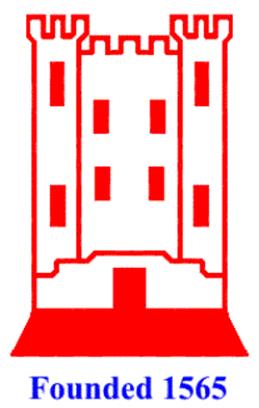Handwriting
We want all of our children to take pride in their presentation and we advocate a continuous cursive style of handwriting throughout school. We aim to make handwriting an automatic process that does not interfere with creative and mental thinking. As children progress through key stage 2 they will continue to work on the size and orientation of their letter formation. Once a consistent, fluid and correctly orientated script is achieved children will write in pen.
We provide an environment which is conducive to good writing by ensuring that tables and chairs of a suitable size and height are available for the children’s use; that there is adequate space and good lighting; that the atmosphere is calm and purposeful; and materials are accessible, suitable and varied, and of good quality.
At William Gilbert Primary School we follow a programme of regular handwriting lessons systematically, ensuring that letters are initially well formed and then well joined, all the while being of the correct size. We find that doing a little and doing it often is the key, but there are many other important ‘jigsaw pieces’ to fit in place, such as good quality writing tools and correct body posture.
The handwriting style used by William Gilbert Primary School is based on a semi-cursive style. It is simplistic but very clear and it does not have the ‘loops’ or ‘lead-ins’ which are features of more complex handwriting styles.
The style taught is relatively simple to teach and learn. However, like all handwriting styles, it is only as good as the way it is taught. By sharing these videos with our families, you can see and hear the strategies, vocabulary and techniques used during teaching and learning handwriting at our school.
Language and Vocabulary
Consistency of language is very important when teaching handwriting to ensure children begin to assimilate patterns and shapes and link letters together that look similar to each other. It is also important to remain consistent across the school when describing where letters sit on the lines so children don’t become confused.



Funky Fingers
We use ‘funky finger’ activities within nursery and reception as it encourages the development of fine motor and language skills that are essential for hand writing. Funky finger activities are differentiated to address physical needs and work different parts of the shoulder, arm, wrist, palm and fingers. We find that these activities have many benefits including;
- Promotes fine motor skills
- Encourages communication and language skills
- Supports hand writing skills through fine motor strength and control
- Repetitive fine motor skills in a fun way
- Through improving fine motor skills children develop independence in things such as buttoning their own coats or opening their own packets
